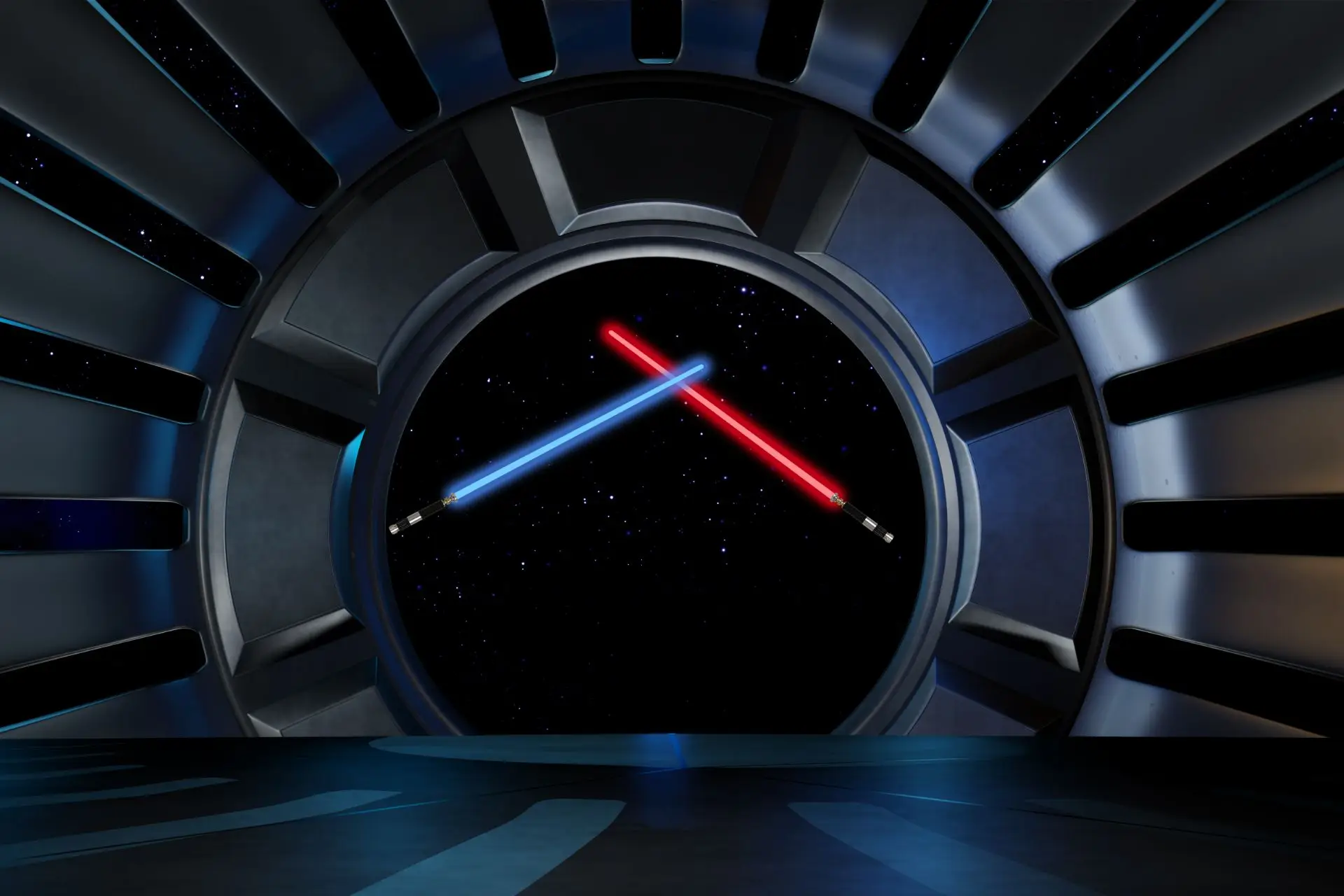The Death Star is a prime example of a colossal single point of failure (SPOF) – a monumentally disastrous vulnerability in the vast expanse of the Star Wars universe. This awe-inspiring technological marvel, constructed by the Galactic Empire, was designed to strike fear into the hearts of its enemies. However, beneath its intimidating façade lay a critical flaw that ultimately led to its downfall.
The Death Star was a massive space station with a planet-destroying super laser capable of obliterating entire civilizations. Its immense size and power made it an imposing force capable of dominating entire star systems. Yet, the architects of this formidable weapon overlooked a critical weakness that turned it into the epitome of vulnerability.
The vulnerability of the Death Star stemmed from its reliance on a single reactor core to power its massive weapon systems. This core, if compromised, could trigger a chain reaction that would lead to a catastrophic explosion, annihilating the entire station. This single point of failure left the Death Star susceptible to the skill and ingenuity of the Rebel Alliance.
Had the Galactic Empire implemented an enterprise risk and resilience program, they could have identified and mitigated this critical flaw. A risk management framework would have entailed a meticulous examination of potential vulnerabilities during the design and construction phases of the Death Star. By conducting thorough risk assessments, engineers could have identified the reactor core’s susceptibility and devised redundant systems or alternative power sources to prevent a catastrophic failure. An integrated enterprise risk and resilience program would have emphasized the importance of regular monitoring and testing. Proactive measures, such as conducting vulnerability assessments, penetration testing, and contingency planning, would have allowed the Empire to identify and address vulnerabilities before the Rebel Alliance exploited them.
Implementing redundant systems and diversifying power sources within the Death Star’s design would have reduced the vulnerability associated with a single reactor core. Additionally, comprehensive backup and recovery plans would have ensured swift response and containment in a compromised core, limiting the potential for catastrophic consequences.
The Death Star’s demise is a cautionary tale of how even the most imposing and seemingly invincible entities can crumble due to a significant single point of failure. The Galactic Empire could have avoided this vulnerability by establishing an enterprise risk and resilience program. Comprehensive risk assessments, redundancy planning, regular testing, and contingency preparations would have enhanced the Death Star’s resilience and diminished the chances of a devastating downfall.



